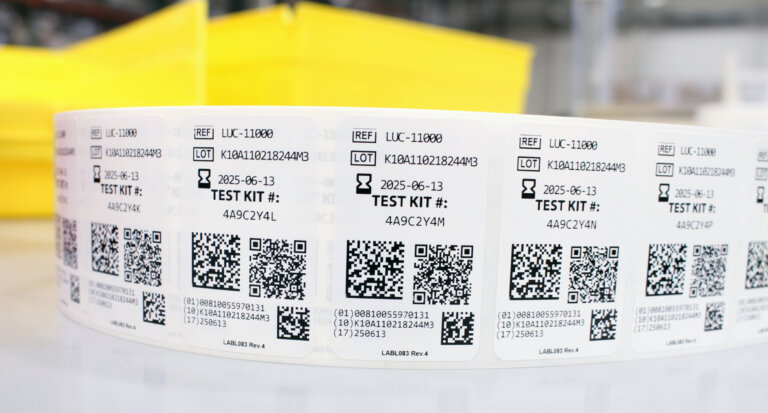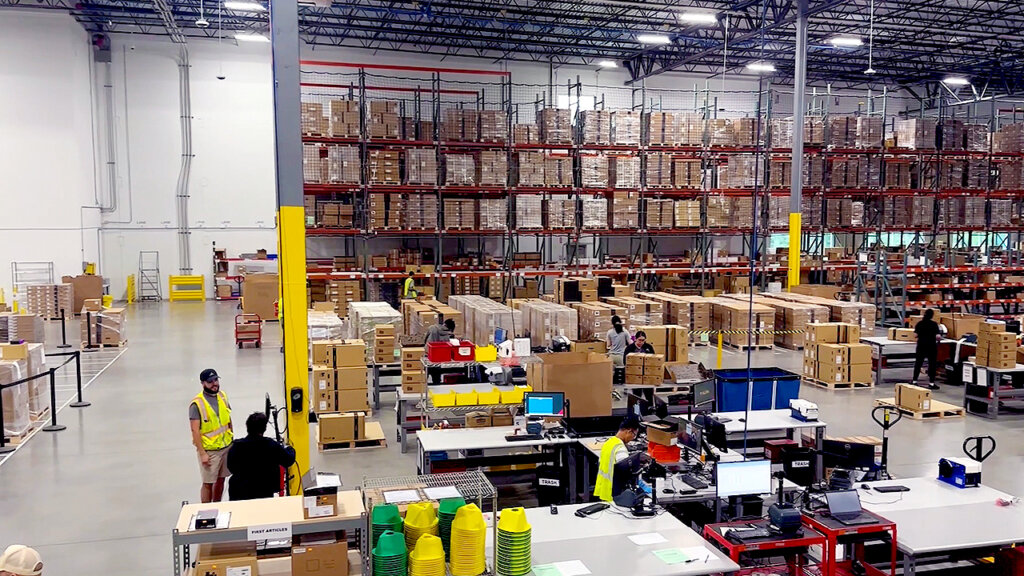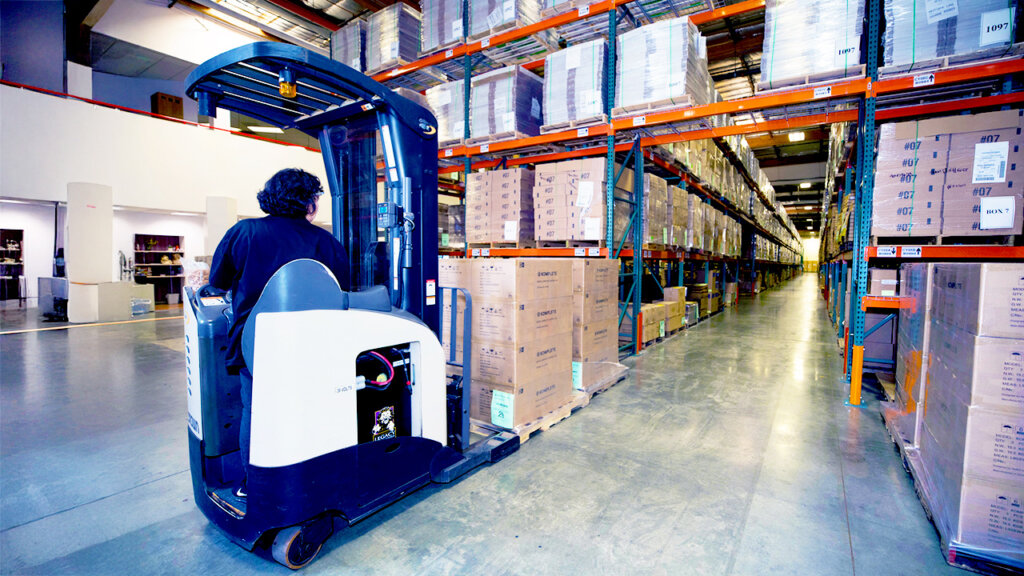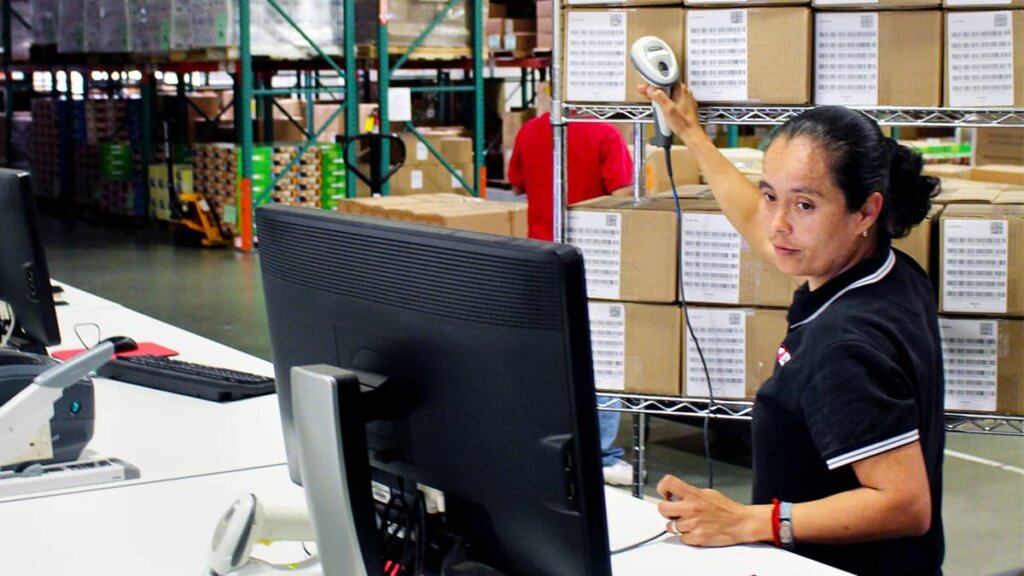The year was 1982. I was participating in the United Nation’s general assembly. This was a humbling honor and a huge opportunity early in my career. What a great learning experience for a young person. It made me always want to put decisions in perspective. It is, by the way, also one of the reasons I always encourage young people to insert themselves into the best learning environments.
As the general assembly wound down in December, one of the senior diplomats asked me what my impressions were. I’m sure he had expected me to talk about the impressive people we had met, about the important issues being discussed, and about the experience of being part of world-wide diplomacy. But, put on the spot, I blurted out what had been lingering in the back of my head: We had not been discussing the big issues that were facing the world ahead. Slightly taken aback, the diplomat asked what those issues might be. My number one issue was carbon emissions.
Based on the reaction, it was clear that I had lost all respect in his eyes. Remember, this conversation took place before carbon emissions were taken seriously by any but the smallest minority at what I now call stage 0 – or more accurately the “say what?-stage”. Clearly, I was out of my mind!
Climate change was only a theory back then, but I was concerned. I felt there was too much at stake if the theory of climate change was correct. Back then, I had predicted the topic would become serious within 10-20 years, but unfortunately, it took even longer than that. In the meantime, I dedicated my career to supply chain and realized the moral imperative of integrating ESG (environmental, social, and governance) into supply chains.
After the initial incredulous reactions, we entered stage 1– characterized by a reluctant, grudging admission that maybe there is something to this carbon emission issue and about the need to do right by the planet and the people around us. I call this the “good intentions-stage” where many individuals and companies started to take action, though the focus was more on “doing something” rather than measuring impact. Don’t get me wrong: many great initiatives started during this period. But intentions do not substitute for results.
Today, ESG is in stage 2 – mainstream. We are starting to measure. Our actions are getting more mature. Driven by employee and consumer pressure, corporations are taking real actions and talking about them in their annual reports, on earning calls and in board meetings. Yet this year we are seeing some of the corporations pulling back slightly on ESG as a major priority. This development is very concerning to me. I personally do not understand how anybody in an executive or governing position can retreat from this focus if nothing else for governance and compliance reasons. ESG related regulations and measurements targeting company operations and products from local, regional, national and a few international regulators aim at better reporting and meeting certain standards.
In the U.S., the SEC recently came out with public company requirements. Several states have requirements for tracking and measuring. Globally, different countries have initiated tracking. But still, we are not treating emissions and climate change as the international, global issue that it truly is. The disparate regulations are putting a burden on companies. They are effectively working as trade barriers. Because of the cascade effect, they also disparately impact smaller companies that are suppliers to the larger corporations and often are minority-owned.
What’s next? Stage 3 is what I discussed in 1982. We need to treat ESG as a global problem for all humanity. We still only have one planet, one life, and one worldwide community. It is time we got it right.
- Posted in: Supply Chain













